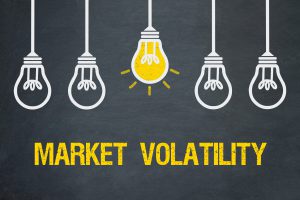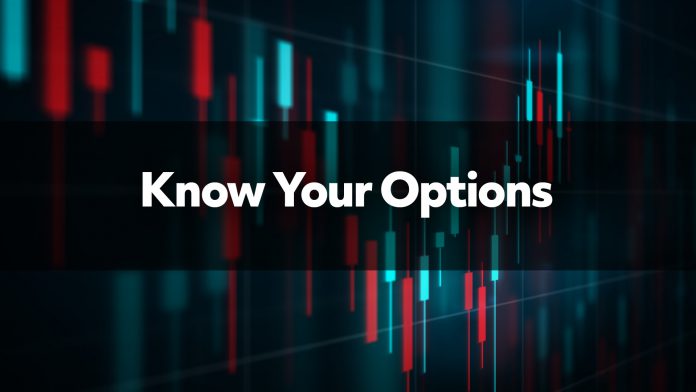Options confuse a lot of investors because several factors impact their value. Unlike stocks, they don’t just go up and down based on supply and demand. This post will explain three of the most important concepts you need to get started: time, volatility and intrinsic vs extrinsic value.
Options Are All About Time
The first thing everyone notices about calls and puts is that they expire at different months and weeks. These dates have a huge impact on premiums and several other aspects of the option.
First, an option is a contract conveying the right or obligation to do something. Like most agreements, they span a certain period on the calendar. More time means options buyers have more opportunities to exercise the right, so they cost more. Simple enough.

The second point is a little more complicated because things can change over time. The odds of a company’s stock moving a certain amount over a few days or a few weeks is fairly predictable. After all, only so much can happen in that time.
But stretch that out by a few quarters or a couple of years, and all kinds of uncertainties arise. Will new risks emerge? Will the CEO get fired? Questions like this mean that longer-dated options have more risk of unknown things happening. That, in turn, makes them more subject to another key force: volatility.
Volatility Is a Big Deal For Options
Volatility measures how much a stock or exchange-traded fund (ETF) moves.
- Historic volatility describes past movements. It can be measured over different time frames.
- Implied volatility describes how much price is expected to fluctuate in the future. This type of volatility influences option premiums.
Entire books are written on the subject of volatility, but there are a few basics for our purposes.
First, historic volatility has a big influence on implied volatility. Stocks with a track record of jumping up and down a lot will have higher implied volatility. That, in turn, will make their options more expensive.

Second, publicly known events like earnings or regulatory decisions can increase implied volatility — even when the underlier is barely moving. After all, people know the news catalyst may trigger a big rally or selloff. The market will reflect this potential in higher implied volatility. Premiums will be higher.
Third, traders often try to own options when implied volatility is rising. And they want to sell options when it’s falling or expected to fall. Strategies like straddles, put selling and covered calls often exploit these trends.
Options Have Intrinsic Value
Options premium can be divided into intrinsic value and extrinsic value.
Intrinsic value is the difference between its exercising strike price and the stock’s current level.
Say a stock is at $11 and the calls have a 10 strike. They will have $1 of intrinsic value because they give the right to buy shares at a $1 discount.

Puts are just the opposite because they convey the right to sell shares. If the stock is worth $11, its 12 puts would have $1 of intrinsic value.
You’ll notice that time has nothing to do with intrinsic value. It’s based entirely on the strike price and the stock price. Another way to think about it is to ask “how much is the option in the money?” Intrinsic value and “in-the-money” are the same thing.
Some options have no intrinsic value because they’re “out of the money.”
- Calls with a strike above the current stock price have zero intrinsic value.
- Puts with a strike below the current stock price have zero intrinsic value.
Options Have Extrinsic Value
Extrinsic value is all the premium aside from intrinsic value.
Say a stock is worth $11 and the 10 calls are worth $2. We already know the options have $1 of intrinsic value. Therefore the remaining $1 of premium would be extrinsic value.
This is where time plays a role because longer-dated options cost more. With the example, 10 calls expiring this month may cost $2. But 10 calls expiring next year may cost $4 because there’s more potential for a move to occur.
Both contracts would have $1 of intrinsic value. But the shorter-dated calls would have $1 of extrinsic value and the longer ones would have $3 of extrinsic value.
Because of their link to time, extrinsic value is also known as time value.
Options trading is not suitable for all investors. Your TradeStation Securities’ account application to trade options will be considered and approved or disapproved based on all relevant factors, including your trading experience. See Characteristics and Risks of Standardized Options. Visit www.TradeStation.com/Pricing for full details on the costs and fees associated with options.























